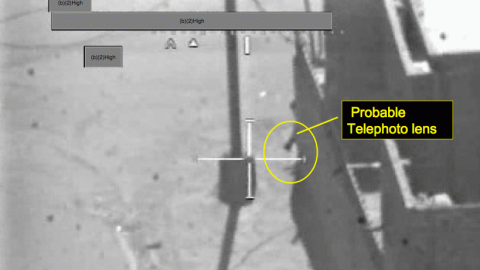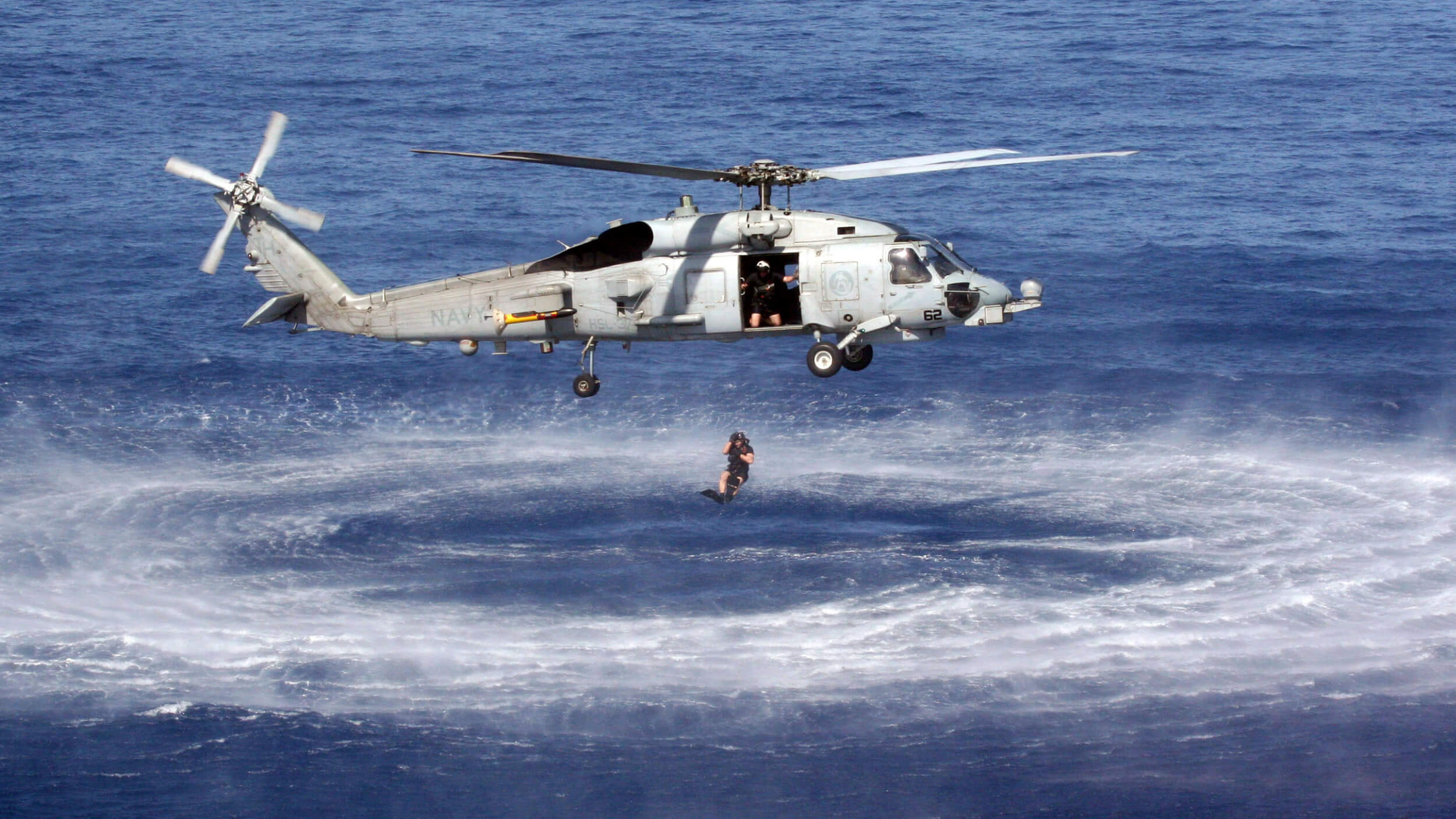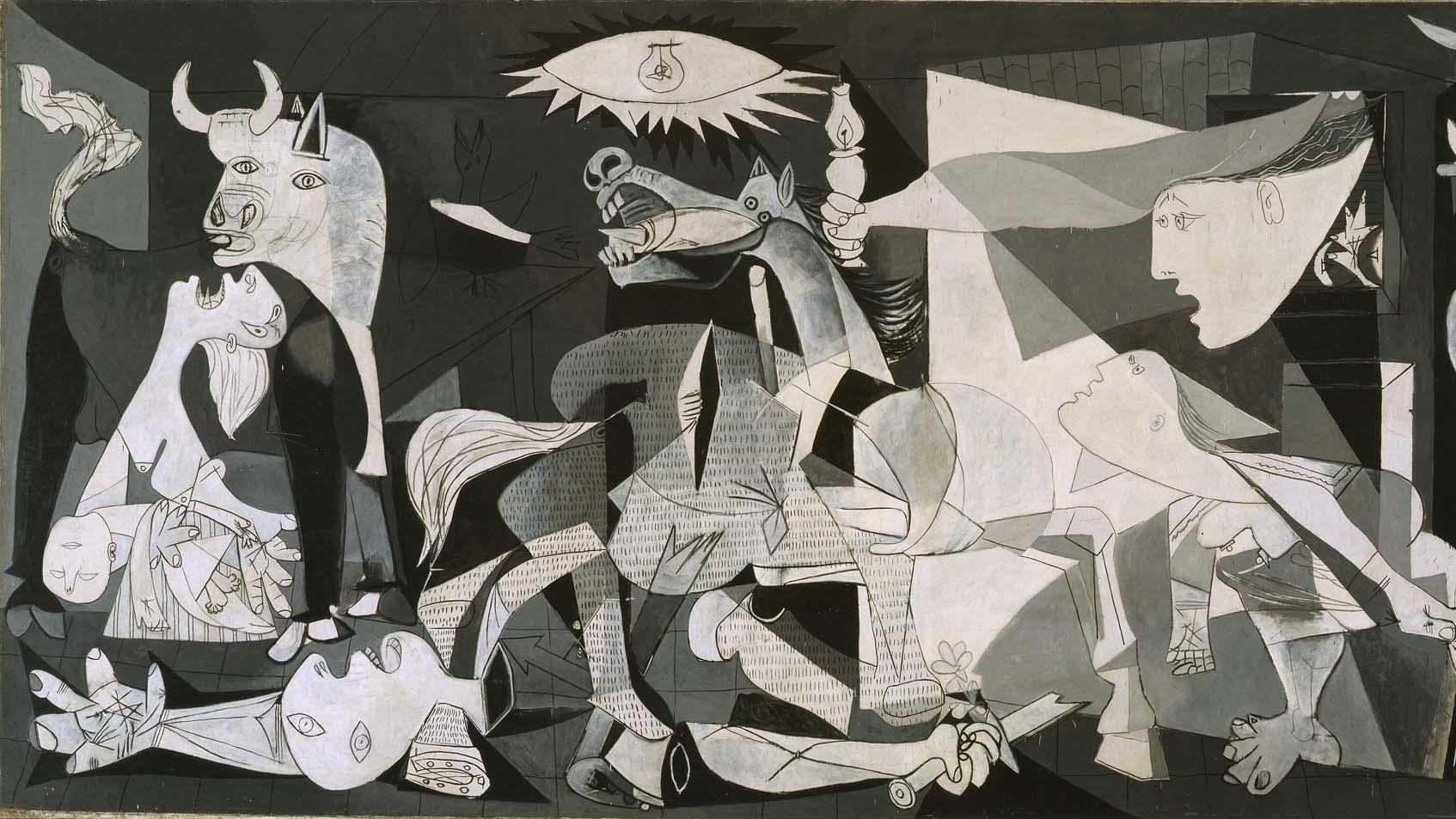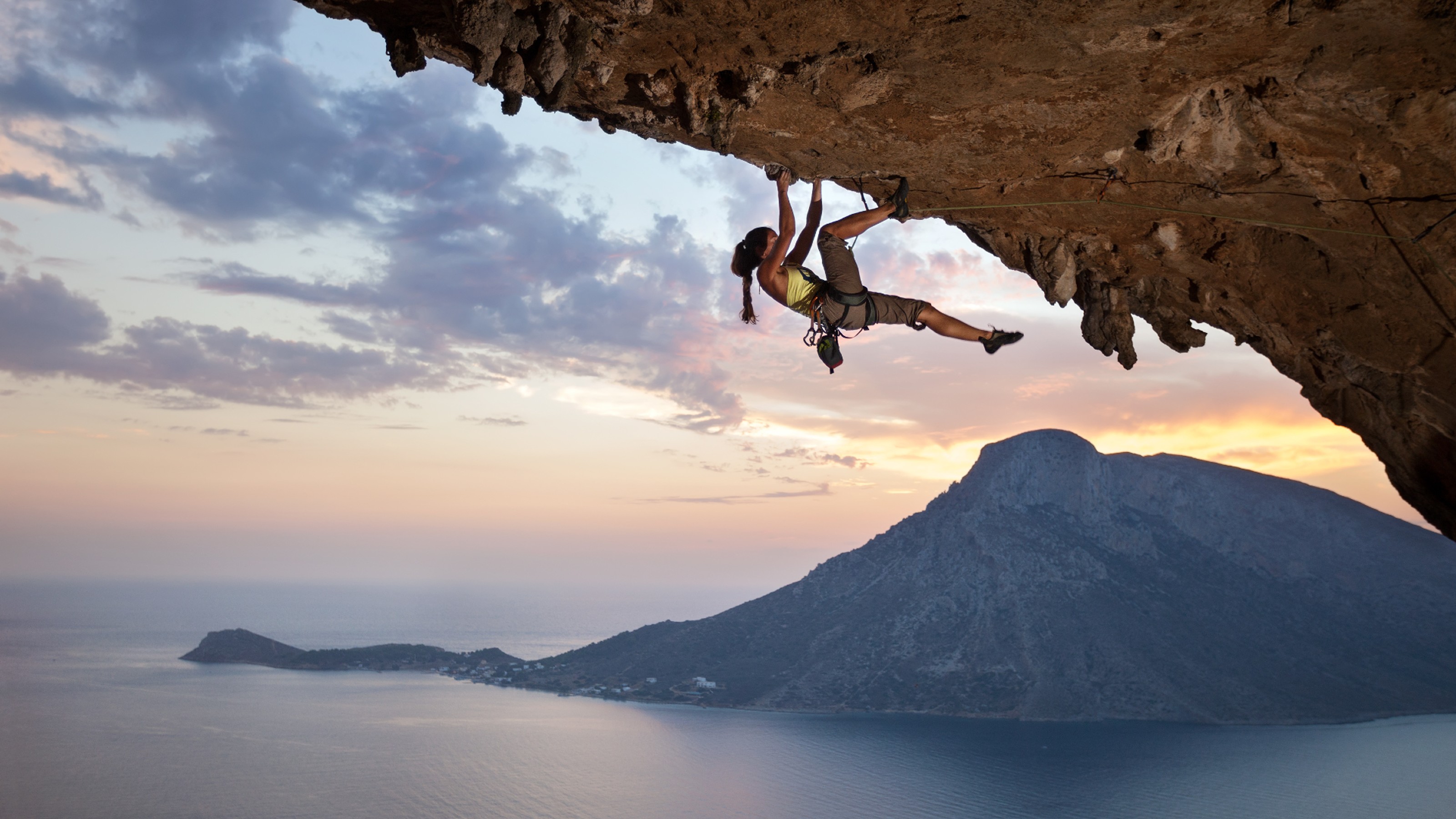War of Images

WikiLeaks.org has released graphic video of a U.S. military attack in Baghdad on July 12, 2007 in which twelve people were killed, including a Reuters photographer, Namir Noor-Eldeen, and driver, Saeed Chmagh. The video, from an on-board camera in one of the two Apache helicopters which carried out the attack, records the pilots’ jocular banter and the scene on the street below as they fire upon a group of people. According to the New York Times, a senior U.S. military official has confirmed the video’s authenticity, which WikiLeaks claims it received from whistle-blowers within the military.
The video has sparked an intense debate over what this kind of evidence reveals about the context in which these killings occurred. Shortly after the attack, a U.S. military spokesman said that “There is no question that coalition forces were clearly engaged in combat operations against a hostile force,” but none of the people in the video appear to present any immediate threat to the helicopters or to any coalition soldiers on the ground. Minutes into the video, after the first rounds of gunfire, a van pulls up and tries to pick up a severely wounded Chmagh, at which point the helicopters open fire again, wounding two children and killing other people in the van. The Economist‘s Democracy in America blog argues that the scene the video captures “is more ambiguous than it first appears” and that “no matter how precise our weaponry gets, no matter how much information we feed into our targeting systems, the decision to fire will always be based on incomplete information and come down to fallible human judgment.” But The New Yorker‘s Raffi Khatchadourian examined the footage according to the rules of engagement and takes just that incomplete information to task, finding inconsistencies in what the Apache pilots seem to observe on the ground and what they then report up the chain of command; these distinctions are incredibly important because the pilots were describing the scene in order to receive permission to open fire. More directly, Andrew Sullivan called the video evidence of a clear war crime, and The Atlantic‘s James Fallows said of the video today: “at face value it is the most damaging documentation of abuse since the Abu Ghraib prison-torture photos.” Reuters released a statement saying that the deaths of Noor-Eldeen and Chmagh were “tragic and emblematic of the extreme dangers that exist in covering war zones.”
Perhaps most importantly, the executive director of the Committee to Protect Journalists stated yesterday that “The video…confirms our long-held view that a thorough and transparent investigation into this incident is urgently needed.” The military investigation conducted in the wake of the attack found no wrongdoing and no disciplinary action was taken, but because the WikiLeaks video cannot provide the context for these deaths and so many questions remain unanswered, a more objective and complete investigation is needed to supplement the incredibly valuable evidence WikiLeaks has made available.





